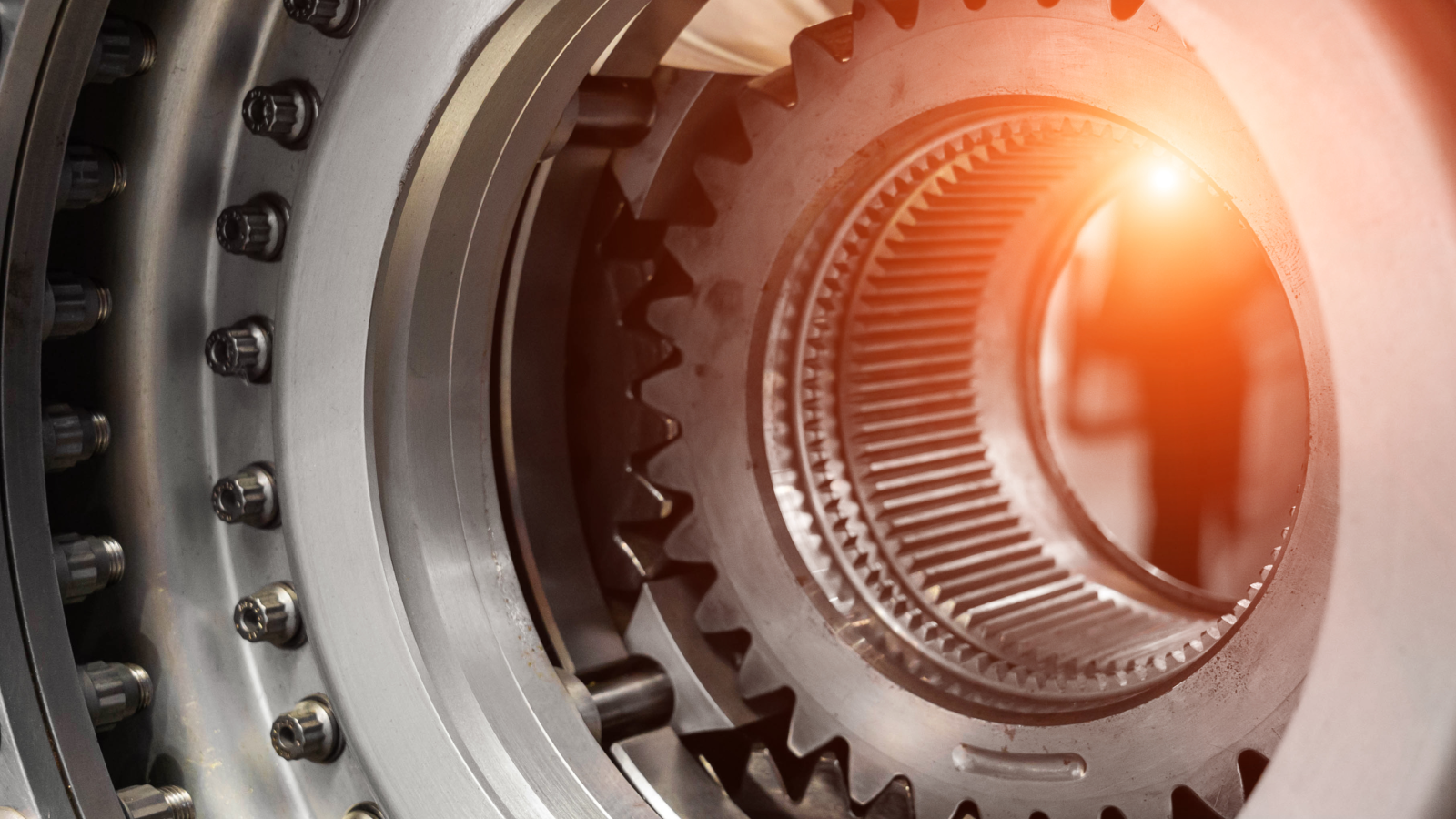For decades, aircraft maintenance has relied on meticulous scheduled inspections and reactive repairs. But the skies are changing, thanks to a wave of innovative technologies that are taking aircraft maintenance to new altitudes. These advancements are not just about efficiency; they have the potential to significantly improve safety and reduce costs for airlines.
One of the key drivers of this revolution is the Internet of Things (IoT). Sensors embedded throughout an aircraft can now collect a treasure trove of real-time data on everything from engine performance to wing stress. This data is then wirelessly transmitted for analysis, allowing maintenance crews to identify minor anomalies before they morph into major problems. Imagine catching a developing engine issue before it leads to a costly in-flight shutdown.
This real-time data becomes even more powerful when combined with predictive analytics. By leveraging the power of artificial intelligence and machine learning, vast amounts of data from flight logs and past maintenance records are analyzed. This allows the system to predict potential failures with surprising accuracy. With this foresight, technicians can proactively address these issues before they arise, minimizing downtime and ensuring the highest levels of safety.
Another innovation transforming maintenance is the concept of digital twins. Imagine a virtual replica of an aircraft, a computer-generated model that mirrors its physical counterpart in real-time. These digital twins can simulate and analyze the conditions the real aircraft is experiencing, allowing for proactive maintenance planning. Just like testing a new route on a flight simulator, technicians can use the digital twin to identify potential issues and plan maintenance accordingly, ensuring a smoother operation for the real aircraft.
Technicians themselves are getting a boost from Augmented Reality (AR). AR overlays digital information onto the real world through special headsets or glasses. Imagine a technician working on a complex engine component. With AR, they can see repair instructions superimposed right onto their field of view, or instantly access vital information about the part they are working on. AR can even provide remote guidance from experienced technicians, eliminating the need for them to be physically present, saving time and resources.
While not directly involved in maintenance itself, 3D printing is also playing a transformative role. This technology allows for the on-demand creation of complex aircraft components. Previously, a specific part might have taken weeks or months to be sourced and delivered. With 3D printing, that wait time could be significantly reduced, streamlining the repair process and getting grounded aircraft back in the air faster.
The adoption of these new technologies represents a paradigm shift in aircraft maintenance. By moving from reactive repairs to proactive interventions, the aviation industry is poised to achieve new heights in efficiency, safety, and cost-effectiveness. As these technologies continue to develop and mature, the future of aircraft maintenance looks clear: a future where groundbreaking innovations keep our skies friendly.


Add a Comment